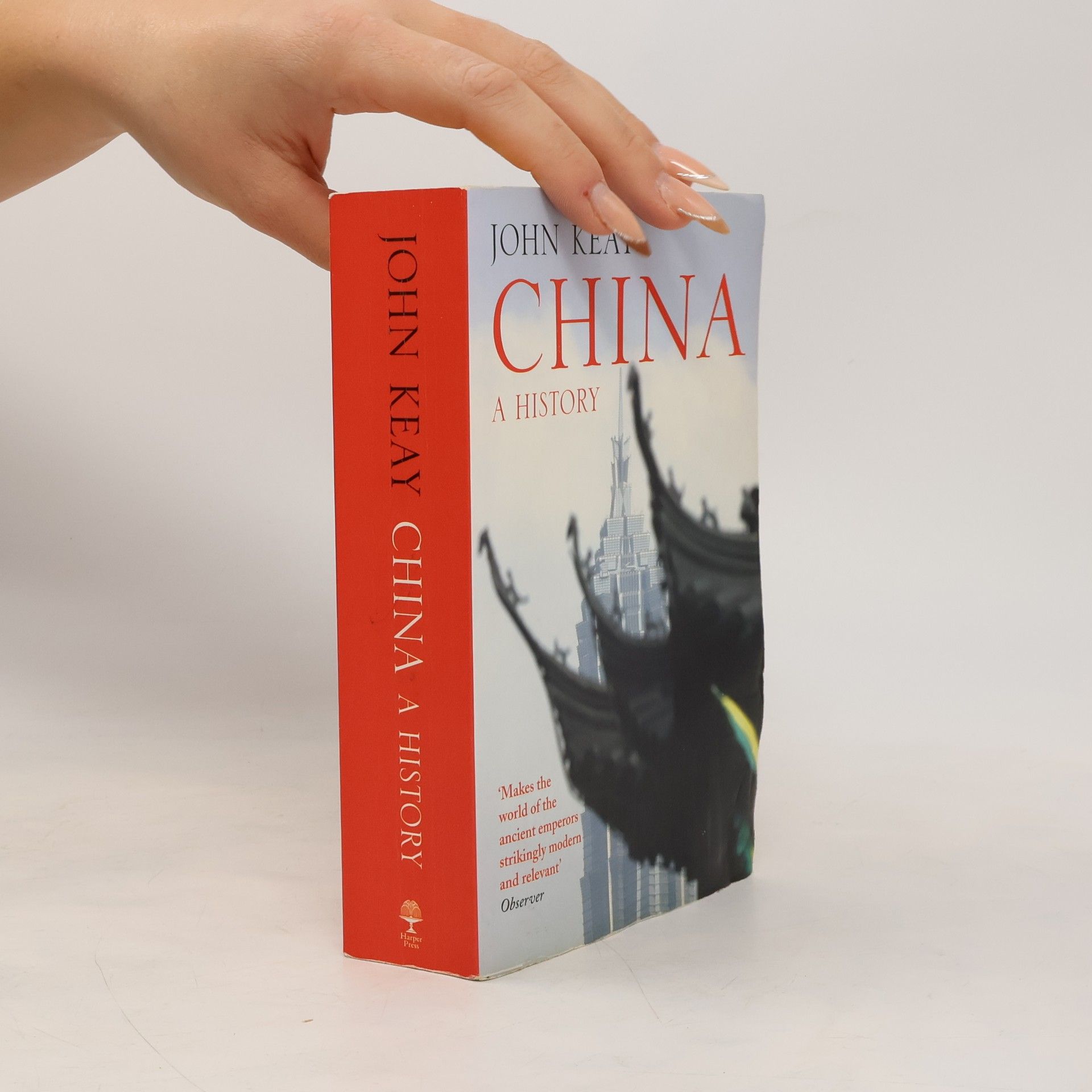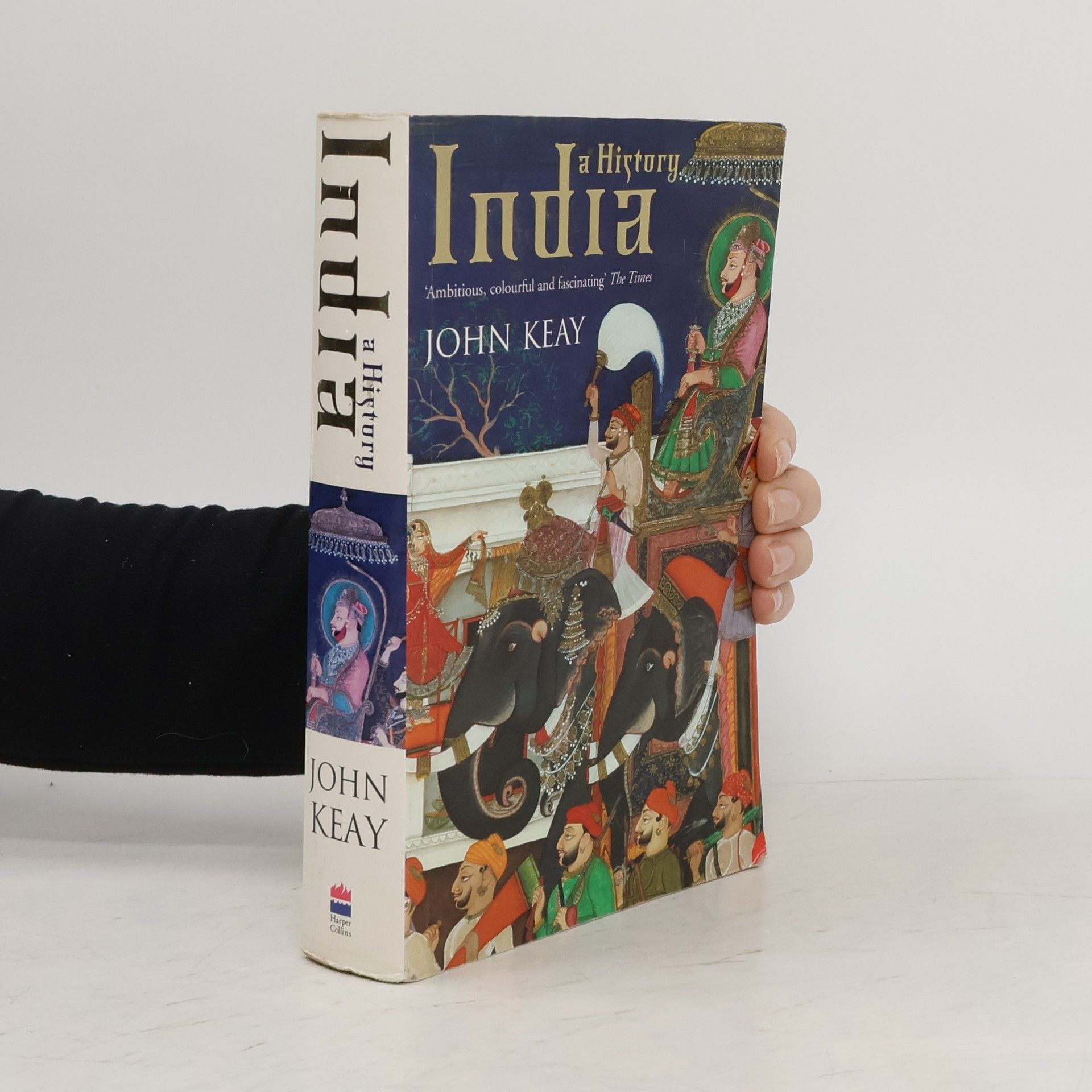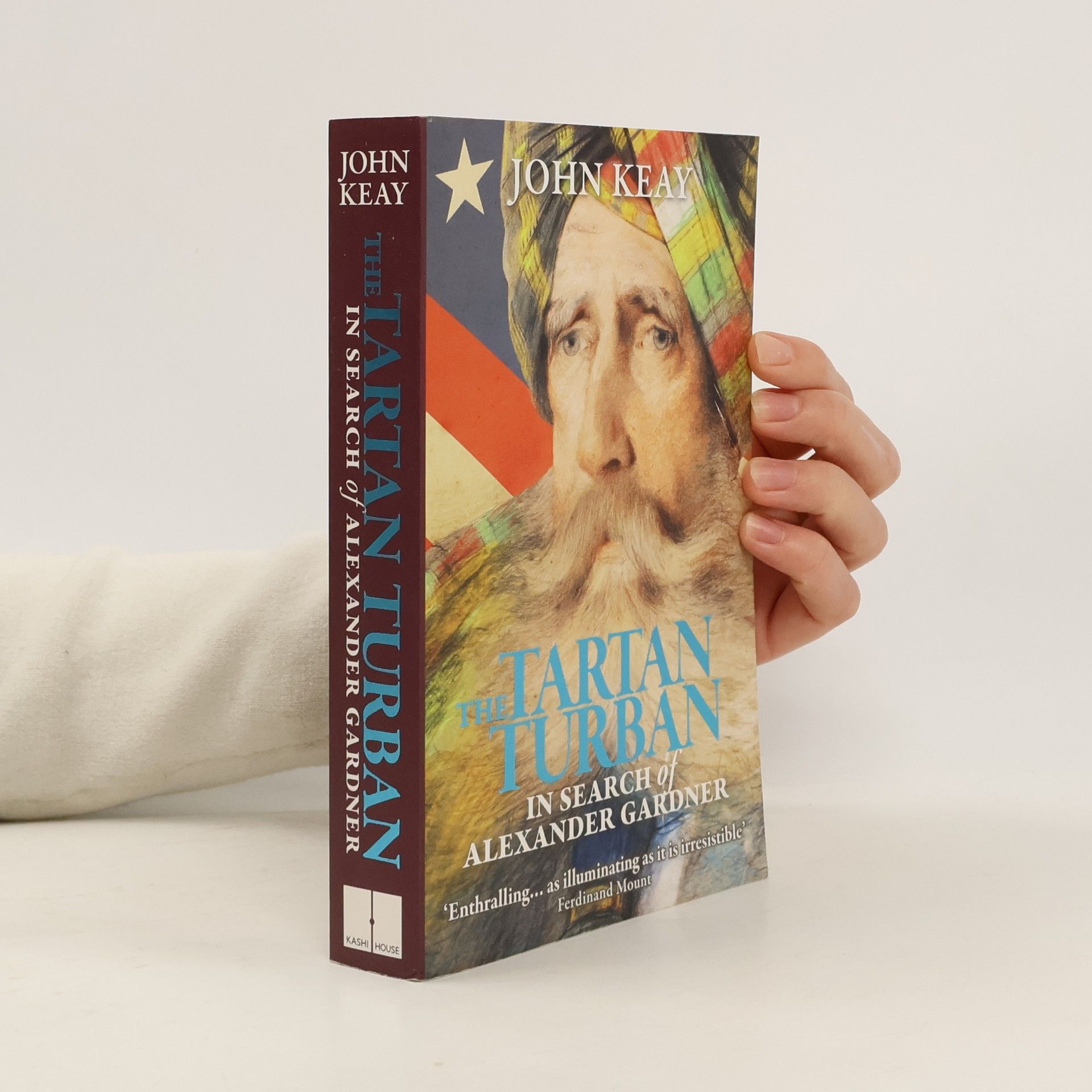Wissen ist Macht, in der Politik wie in der Wissenschaft. Wer ein unbekanntes Land exakt vermessen und kartografiert hat, übt Macht aus - wie das British Empire zur Zeit der Kolonisierung Indiens im 19. Jahrhundert. Die Schilderung dieser Expedition ist zugleich die Geschichte der beiden Wissenschaftler, die sie leiteten. Ihre Charaktere und Führungsstile hätten unterschiedlicher nicht sein können. Nach einem von ihnen, George Everest, wurde der höchste Berg der Welt »Mount Everest« getauft. Seine Höhenbestimmung wäre ohne die Vermessung nicht möglich gewesen. Indien-Experte John Keay zeigt Glanz und Schattenseiten der Expedition und macht die Menschen lebendig, die dieses monumentale Projekt menschlichen Ehrgeizes vorantrieben.
John Keay Bücher
John Keay ist ein englischer Journalist und Autor, der für seine populären Geschichtswerke über Indien und den Fernen Osten bekannt ist, insbesondere über deren Begegnungen mit europäischer Erkundung und Kolonisation. Seine Schriften werden für eine meisterhafte Mischung aus sorgfältiger Recherche, respektlosem Witz und fesselnder Erzählung gefeiert. Keays lebendige Prosa und sein fesselndes Storytelling haben viele seiner Werke zu beständigen Klassikern gemacht. Er bietet den Lesern eine unverwechselbare und aufschlussreiche Perspektive auf die asiatische Geschichte.
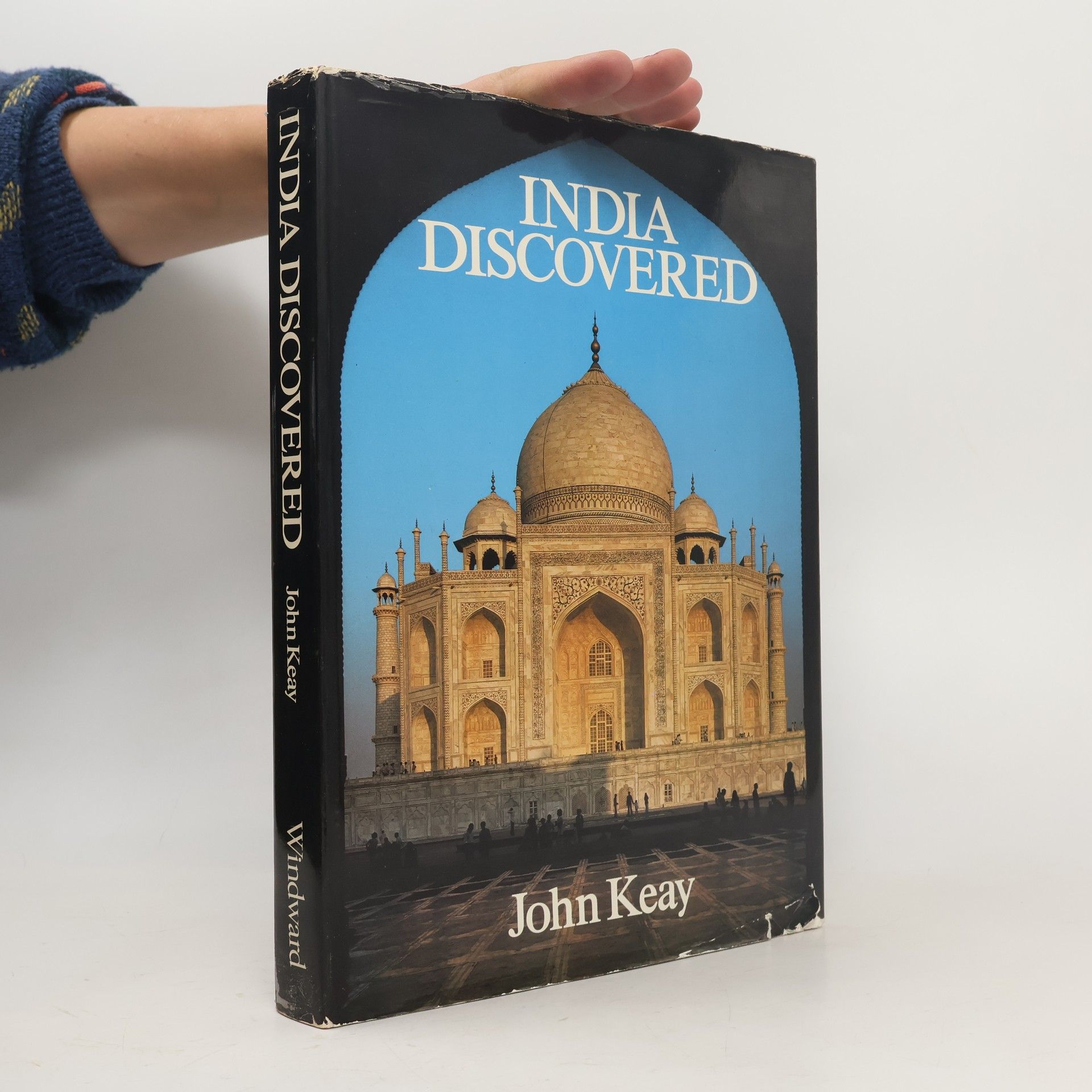

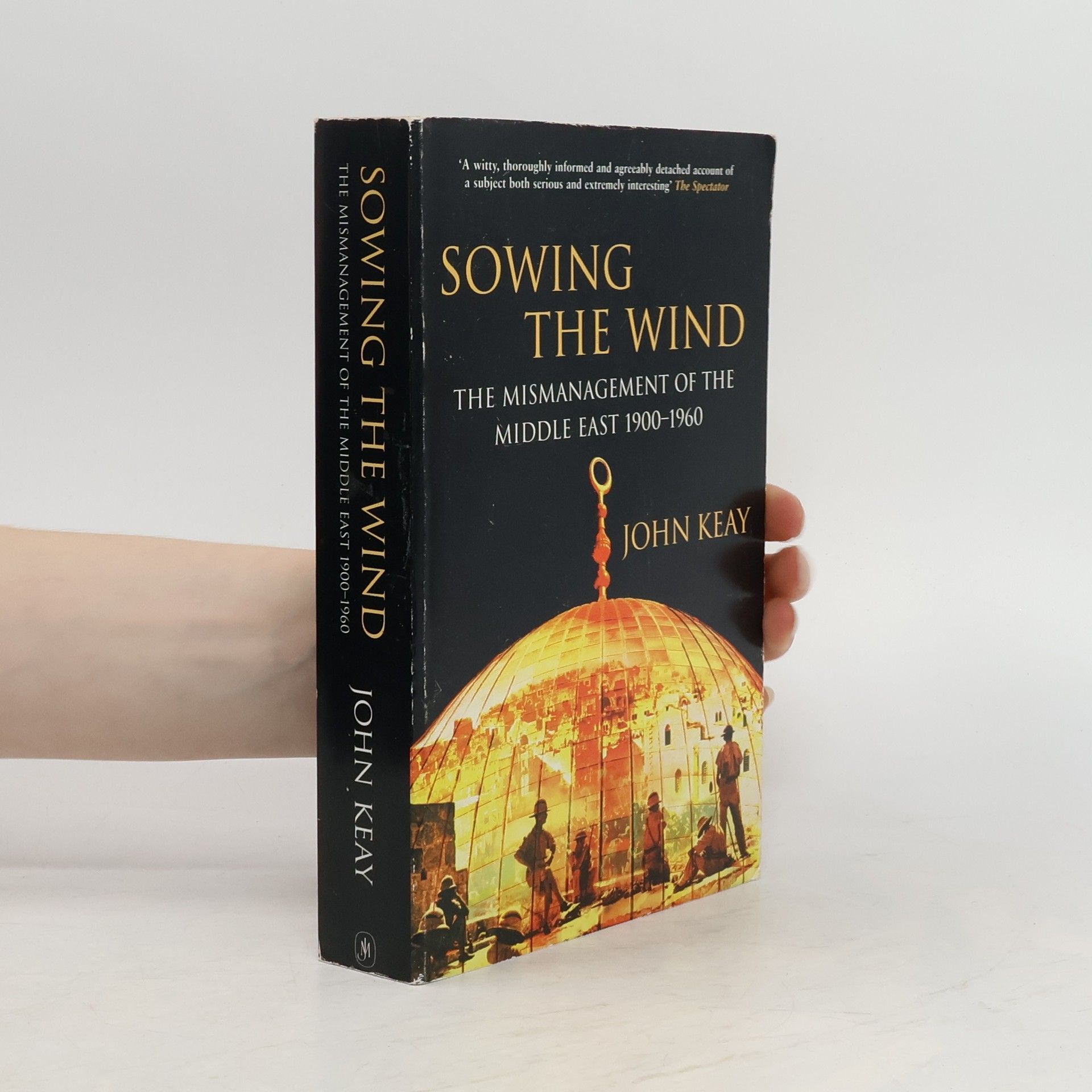
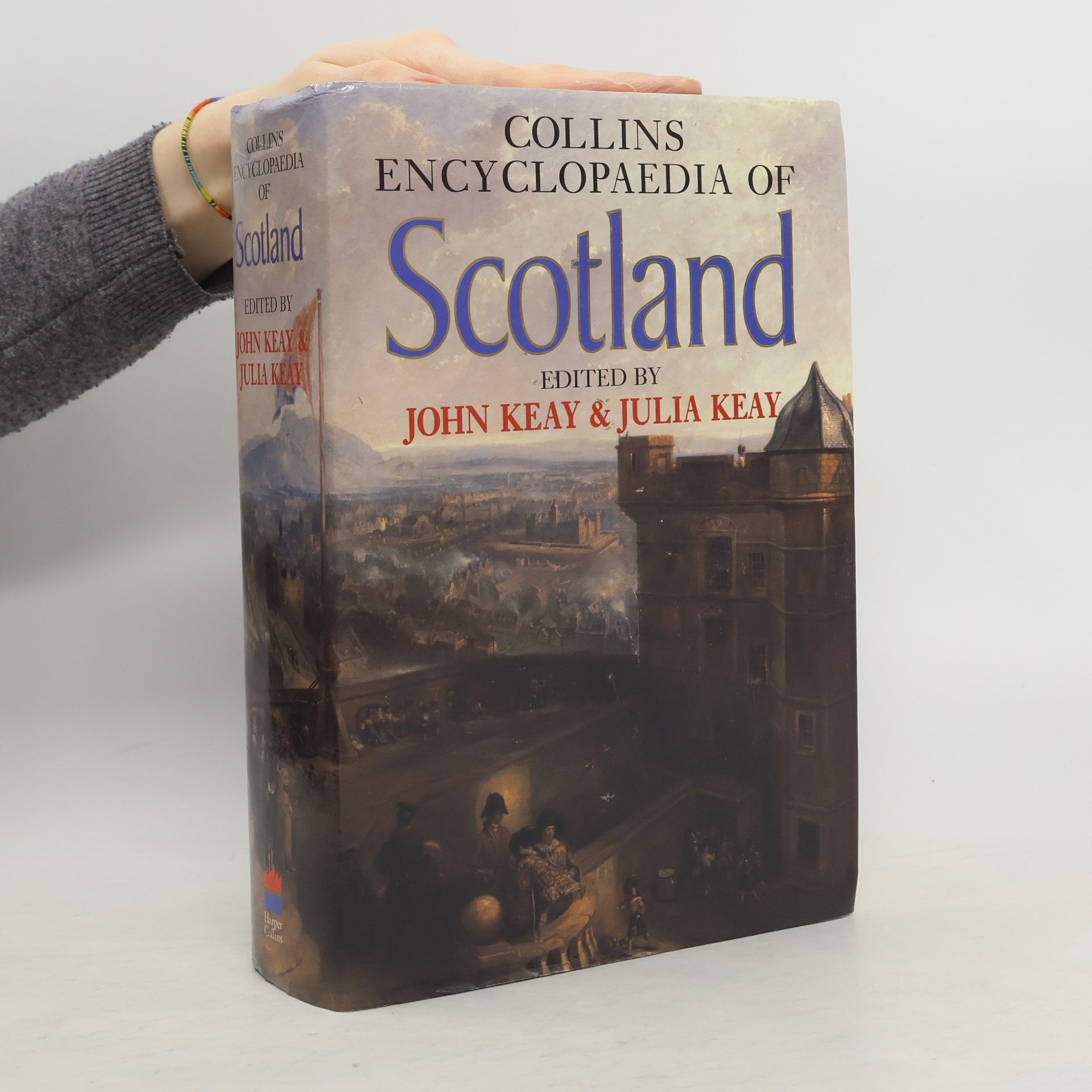
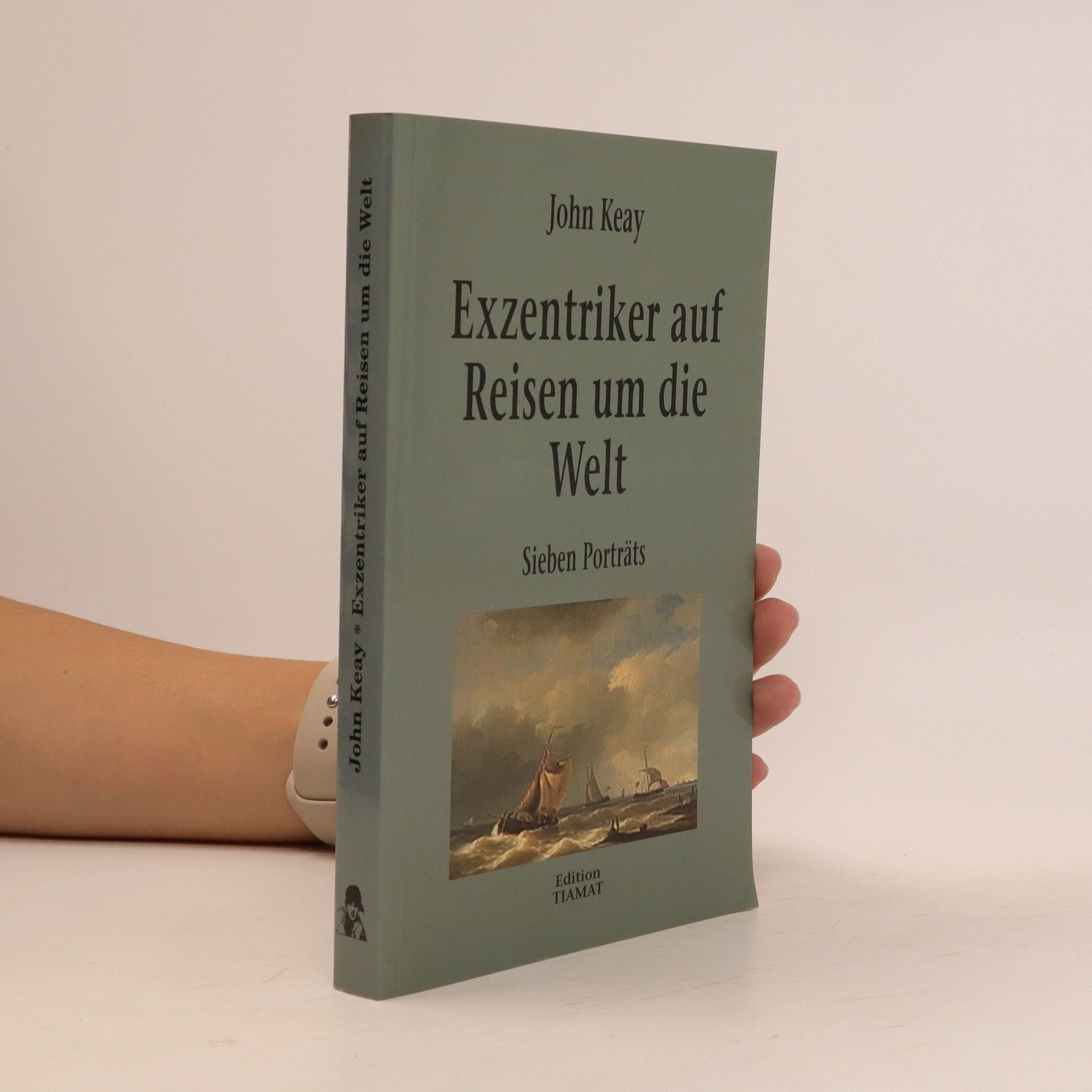
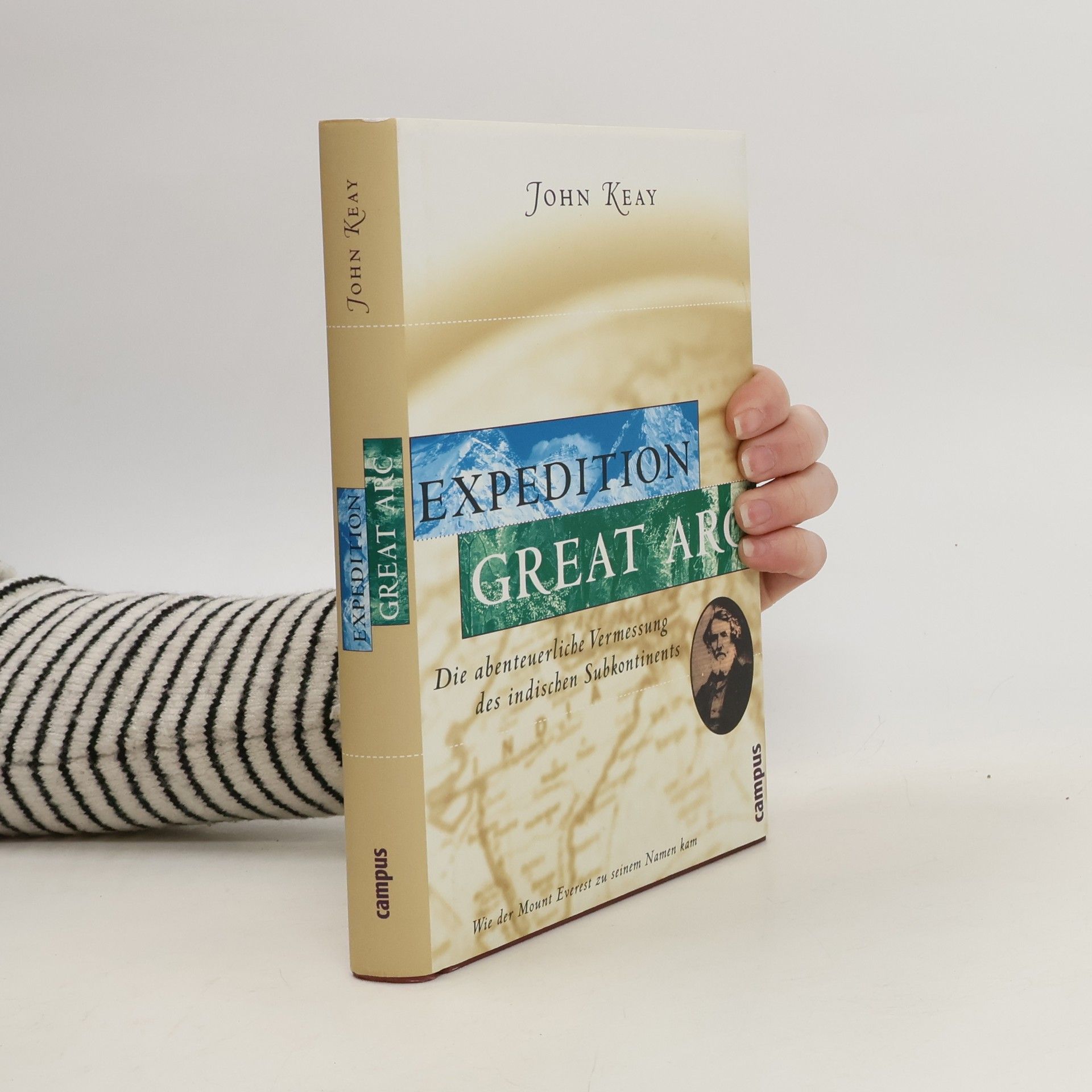
Encyclopaedia covering every aspect of Scotland's past: her people, arts, industries, environment and continuing traditions
Sowing the Wind
- 528 Seiten
- 19 Lesestunden
Sowing the Wind examines the critical political underpinnings of conflict in the Middle East. Keay (known for his best-selling history of India) focuses on the hard-core countries of the Middle East known as the fertile Egypt, Jordan, Israel/Palestine, Lebanon, Syria, and Iraq. Keay's account is absolutely riveting as he follows the West's manipulation, management, and mismanagement of the Middle East from 1900 up through the ascent of Arafat to power in the early 1960s. He ends with a forty-page tour-de-force update of the last forty years of American negotiation of economic and political fault lines in the Middle East.Keay's sweeping history pre-Balfour to post-Suez unearths a host of surprising firsts, from the Gulf's first "gusher" to the first aerial assault on Baghdad, the first of Syria's innumerable coups, and the first terrorist outrages and suicide bombers.
A groundbreaking exploration of the Himalaya reveals how climate change is reshaping this unique region, which encompasses Tibet and six of the world's eight major mountain ranges, housing nearly all of its highest peaks. With around 50,000 glaciers and the most extensive permafrost outside the polar regions, the Himalaya is vital for 35% of the global population, providing freshwater for agriculture, protein, and hydro-power. The vast area, comparable to Europe, has a sparse, often nomadic population that speaks numerous languages—many unwritten—and holds diverse religious beliefs. Politically fragmented, the region's borders span multiple nations, complicating efforts to address environmental risks, including extreme temperature fluctuations. Historically, the Himalaya has captivated explorers, botanists, and mountaineers alike. Today, it faces seismic instability as tectonic plates shift, amid a global dialogue on climate change. The author presents a compelling case for the Himalaya as one of the planet's most essential wonders, emphasizing the urgent need for an ethos of respect and understanding to preserve its extraordinary features before they vanish.
Two hundred years ago, India was seen as a place with little history and less culture.Today it is revered for a notable prehistory, a magnificent classical age and a cultural tradition unique in both character and continuity. How this extraordinary change in perception came about is the subject of this fascinating book. The story, here reconstructed for the first time, is one of painstaking scholarship primed by a succession of sensational discoveries. The excitement of unearthing a city twice as old as Rome, the realization that the Buddha was not a god but a historical figure, the glories of a literature as rich as anything known in Europe, the drama of encountering a veritable Sistine chapel deep in the jungle, and the sheer delight of categorizing 'the most glorious galaxy of monuments in the world' fell, for the most part, to men who were officials of the British Raj. Their response to the unfamiliar -- the explicitly sexual statuary, the incomprehensible scripts, the enigmatic architecture -- and the revelations which resulted, revolutionized ideas not just about India but about civilization as a white man's prerogative. A companion volume by the author of the highly praised A History and The Great Arc.
Explorers of the Western Himalayas, 1820-1895
- 571 Seiten
- 20 Lesestunden
Where men and mountains meet -- The Gilgit game.
An Accessible, Authoritative Single-Volume Narrative History Of China, From The Earliest Times To The Present Day, That Will Both Engage The General Reader And Challenge The Horizons Of The China Specialist. Most Histories Of China Appear To Have Been Written By Sinologists For Sinologists. As China Rejoins And Perhaps Comes To Dominate Our World Order, The Need For An Authoritative Yet Engaging History Is Universally Acknowledged. Modelled On The Author'S India: A History, China: A History Is Informed By A Wide Knowledge Of The Asian Context, An Approach Devoid Of Eurocentric Bias, And Acclaimed Narrative Skills. Broadly Chronological, The Book Presents A History Of All The Chinas Including Those Regions (Yunnan, Tibet, Xinjiang, Mongolia, Manchuria) That Account For Two Thirds Of The People'S Republic Of China Landmass But Which Barely Feature In Its Conventional History. The Book Also Examines The Many Non-Chinese Elements In China'S History The Impact Of Buddhism, Islam And Christianity; The Effects Of Trade; The Nature Of 'Barbarian' Invasion; The Relevance Of Many Imperial Dynasties Being Of Non-Chinese Origin. Major Archaeological Discoveries In The Last Two Decades Afford A Chance To Flesh Out And Correct Much Of The Written Record. 'China: A History' Will Tell The Epic Story From The Time Of The Three Dynasties (2000-220 Bc) To Chairman Mao And The Current Economic Transformation Of The Country
The first single-volume history of India since the 1950s, combining narrative pace and skill with social, economic and cultural analysis. Five millennia of the sub-continent's history are interpreted by one of our finest writers on India and the Far East.
The Tartan Turban
- 352 Seiten
- 13 Lesestunden
Alexander Gardner spent his life adventuring in Inner Asia. His story changed people's understanding of the world. The urge to contest or prove it contributed to the scientific and political penetration of much of Asia. Readers will see the region in a new light and gain a fresh perspective on its last years under native rule.

